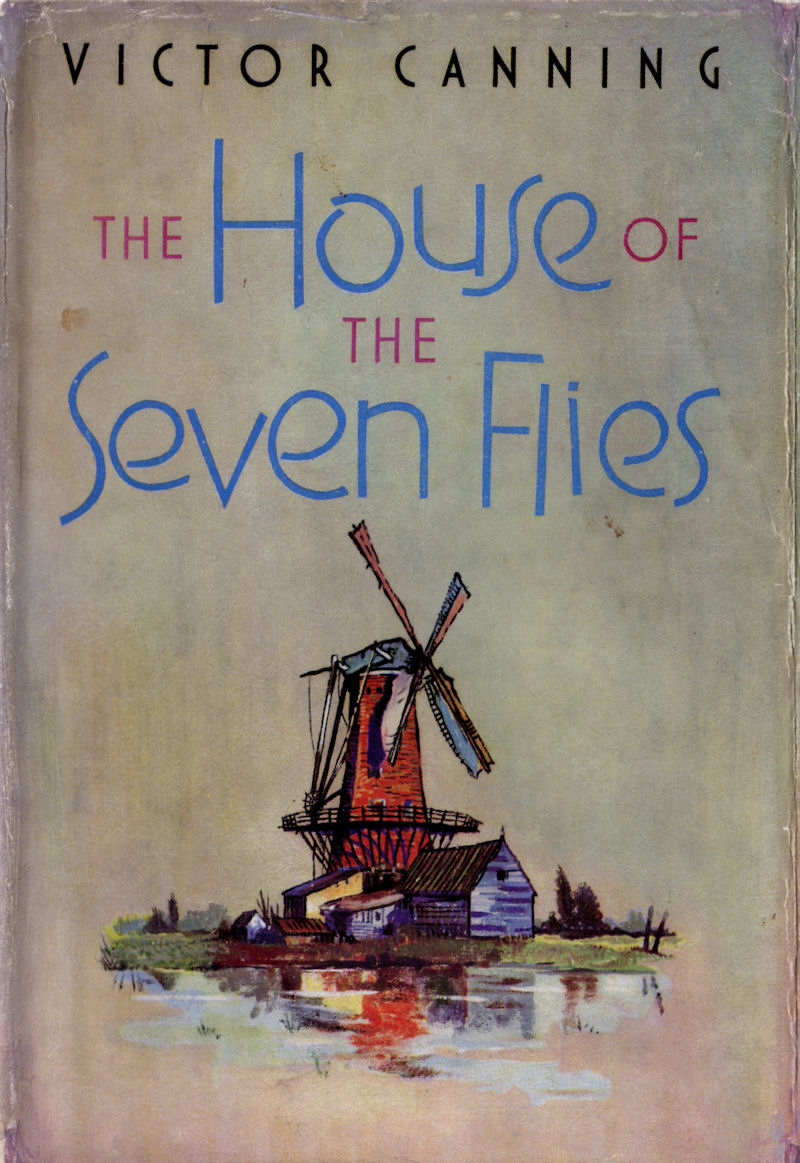
First edition
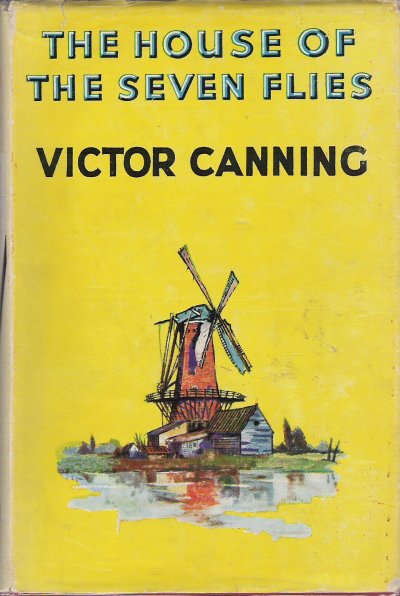
Cheap edition

US first edition
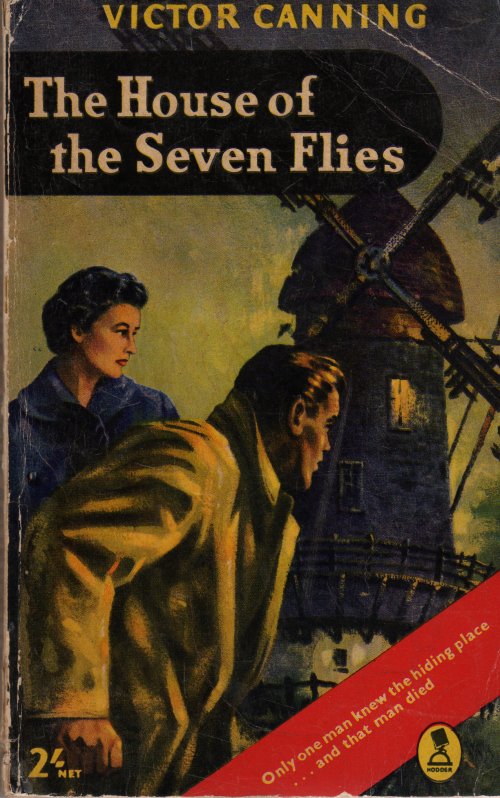
Hodder paperback 1957

Pan paperback 1973
 First edition |
 Cheap edition |
 US first edition |
 Hodder paperback 1957 |
 Pan paperback 1973 |
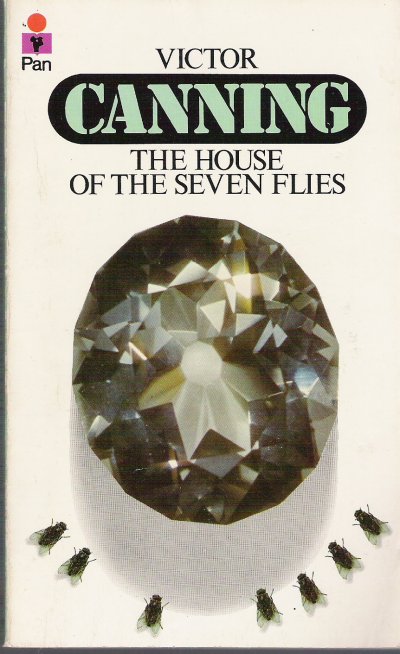 Pan paperback 1977 |
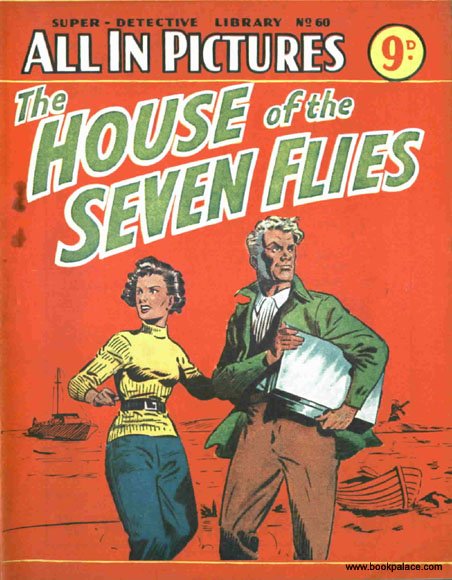 Comic strip version |
 Audio Book |
 French translation |
The BookA prologue set in 1944 describes the ambush of a German naval officer carrying valuables in a small launch in the Elbe estuary; he has to hide his package hastily. Eight years on, Edward Furse runs a small yacht for charter. He picks up a Dutchman to sail to Holland, but his passenger dies en route, apparently from natural causes. Furse goes through his possessions and finds charts and papers suggesting a hunt for missing diamonds. He conceals this information, and thereby runs into trouble both with the Dutch authorities and with some villains. BackgroundThe dedication is "to the Captain and Mate of Cora". This probably relates to the story told on the back cover of the US edition:
Canning included "sailing" as one of his hobbies in his Who's Who? entry in 1956 but not in any subsequent editions. |
Publishing historyThis was Canning's sixth post-war book for Hodder and Stoughton, published in 1952 with a print run of 14,500 copies. It appeared first at 10/6, but some of the stock was sold a little later at 6/- with a "yellow jacket" cheap edition dust cover. It was serialised in John Bull in September 1952, and in the Saturday Evening Post in August and September 1952 under the title "House of Fear". The US edition by Mill & Morrow came out in the same year. There was a 1957 paperback (not released until 1958) at 2/6 with a print run of 30,000, considerably fewer than several earlier books. It was included in the Heinemann Uniform Edition of 1970. There were at least two further Pan paperback editions in the 1970s. In 1956 a comic strip version was issued in Super Detective Library No 60. There was a radio adaptation by Kenneth Owen broadcast on BBC Home Service, 14 January 1961 starring James
McKechnie and John Hollis. In 1977 it was included in the 'Story Time' slot on BBC Radio 4. A complete version on cassette tapes read by Valentine Dyall was released in 1985 by Chivers Audio Books. Trasnslations include: A notebook has survived which includes Canning's notes made while visiting Holland to research this book. He is fascinated by Dutch names and dress styles, and meticulous about transcribing public notices and official titles. |
The FilmThe book was filmed in Hollywood in 1959 under the title The House of the Seven Hawks, starring Robert Taylor, Nicole Maurey, Donald Wolfit and David Kossof, directed by Richard Thorpe. On release the film attracted a devastating review from the British Film Institute Newsletter: "The plot is over-complicated to the point of confusion, and much time is wasted as the characters try to explain it to each other." The New York Times was much kinder, calling the movie “a satisfying labyrinthine plot and carefully placed direction and underplaying that adds up to a modest but truly taut and absorbing diversion”. A detailed and positive review of both the book and the film has recently been posted on the Mystery*File blog. A recent American (NTSC) release on DVD is reviewed here. |